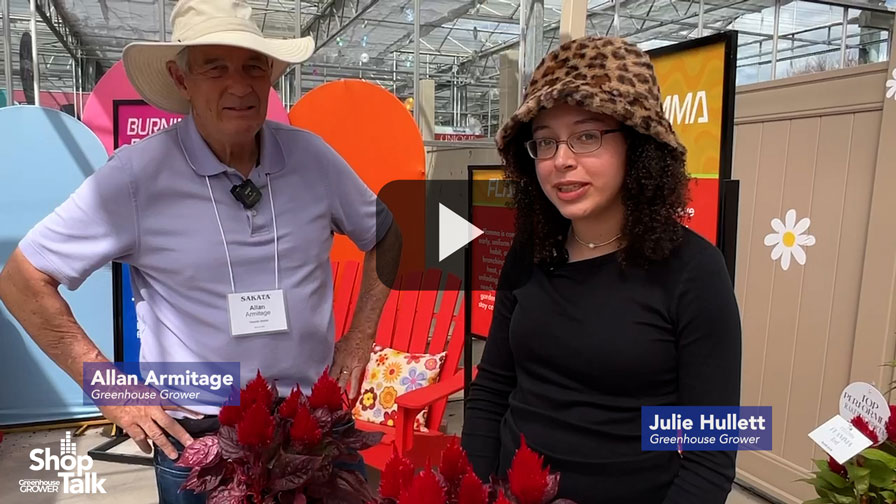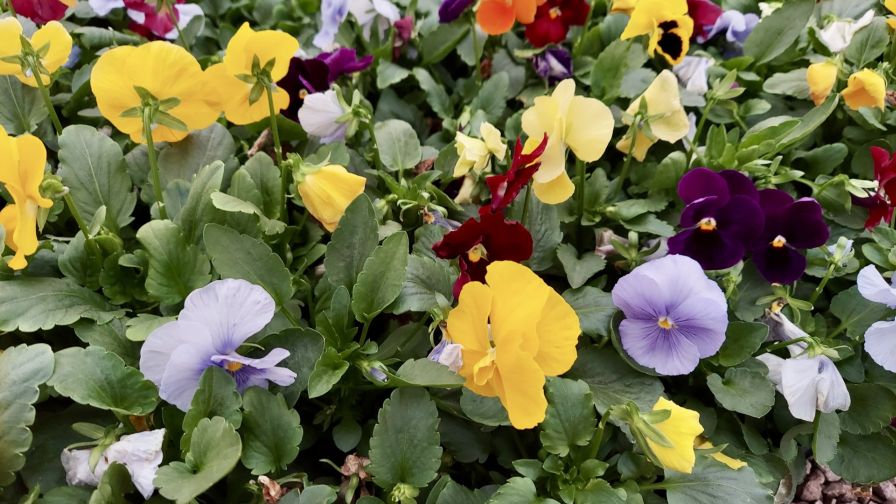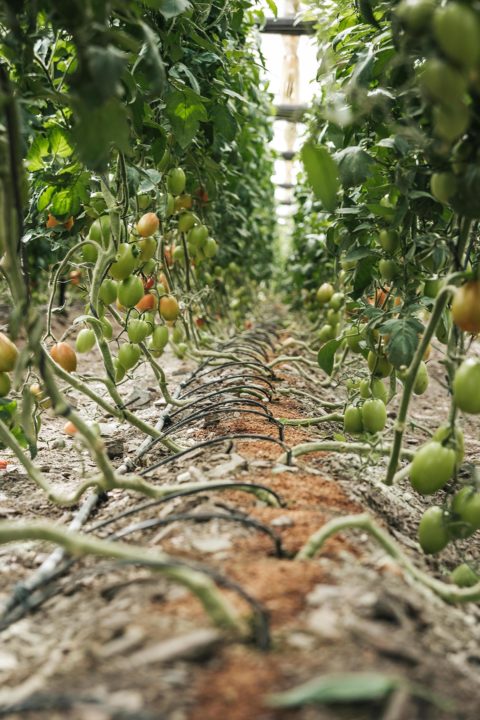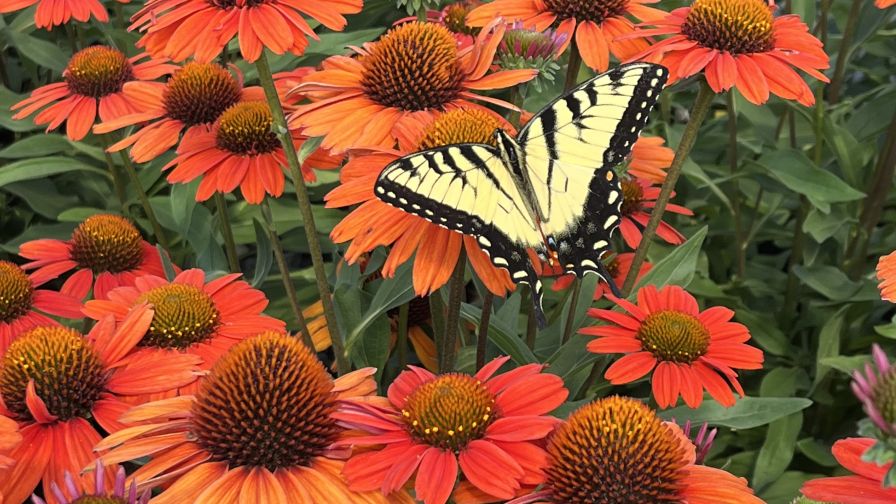Vineland Researchers Tackling Automation, Greenhouse Tomatoes, Thrips, and More
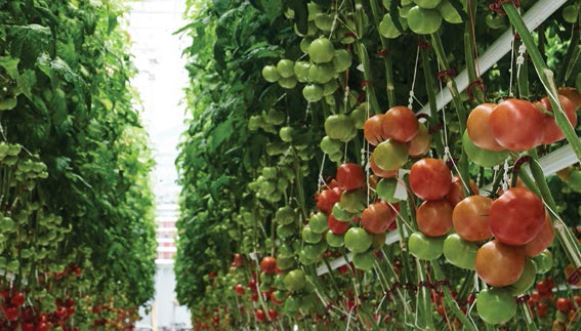 The Vineland Research and Innovation Centre in Ontario, Canada, has released its 2018 Innovations Report, an annual publication that highlights some of the major projects taking place at the Centre. Vineland is known as a hotbed of new research in many segments of agriculture, including greenhouse production.
The Vineland Research and Innovation Centre in Ontario, Canada, has released its 2018 Innovations Report, an annual publication that highlights some of the major projects taking place at the Centre. Vineland is known as a hotbed of new research in many segments of agriculture, including greenhouse production.
Here’s a quick look at some of the 2018 report details that should be of interest to greenhouse growers. To download a complete version of the report, go to http://vinelandresearch.com/publications/innovation-reports/2018-2019-innovation-report.
• Leading the Way on Automation: Availability and cost of labor are two of the greatest challenges facing growers today. Labor is the biggest cost of doing business, making it difficult for producers to expand operations, survive wage increases, and compete with cheaper imports. Thanks to a grant from Agriculture and Agri-Food Canada, Vineland is positioned to transform farm labor and change the prospects of growers in the process. The investment formalizes Vineland as the centre of an agricultural automation cluster, overseeing a national network to develop automation, artificial intelligence, and precision technology to improve productivity. The new cluster will focus on creating technologies that can replace or augment human labor, and improve yield and efficiency by harnessing big data and artificial intelligence, which growers can use to make more informed management decisions.
• Testing Tomatoes on the Vine (TOV): Many consumers say they like the most commonly available greenhouse tomatoes sold in grocery stores. Vineland scientists are responding to that need, while tackling resistance to pepino mosaic (a disease that makes tomatoes blotchy), bacterial canker, and other afflictions that can cause headaches for growers. A partnership with Ontario Greenhouse Vegetable Growers (OGVG) has helped identify growers willing to trial Vineland’s top TOV hybrids for the first time this year to evaluate their performance.
• Emergence of Biocontrols: More greenhouse growers are buying into biocontrols, thanks largely to the work of Vineland researchers Rose Buitenhuis and Ashley Summerfield. In fact, 92% of floriculture growers who responded to a 2018 Vineland survey measuring the research centre’s impact on finding and promoting effective biological agents said they use biocontrols. That’s up from 69% just four years ago. These promising numbers come at a time when thrips, the most common pest threatening greenhouse grown ornamentals, have become increasingly resistant against chemical pesticides found on the market. Thrips will damage flowers and cause leaf discoloration, making plants unmarketable.
Learn more about these research programs, and others, by downloading the full report.





